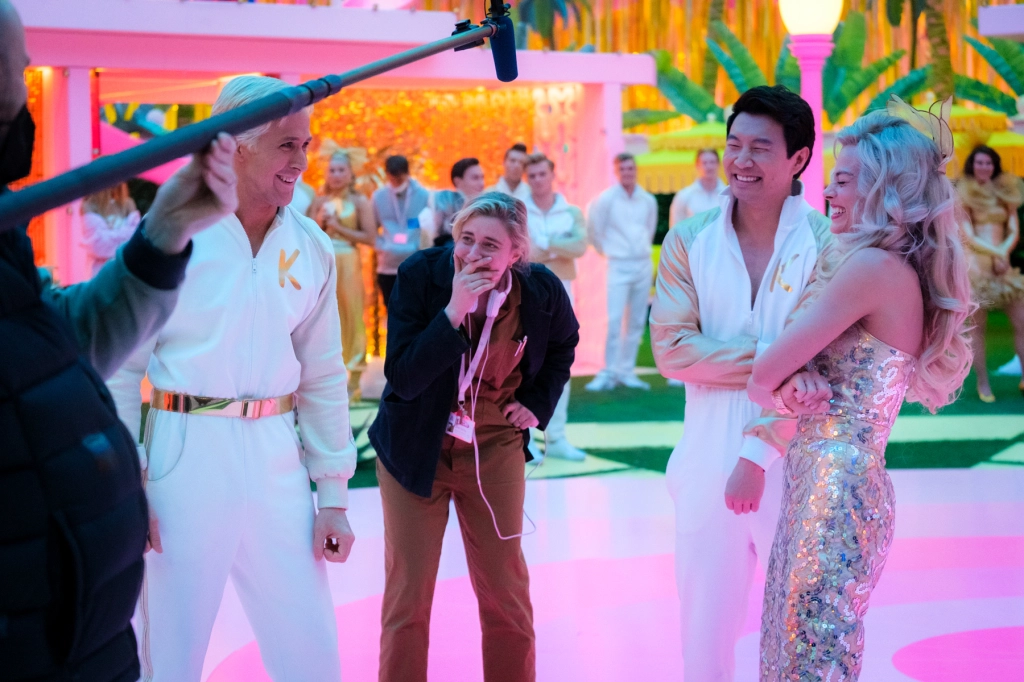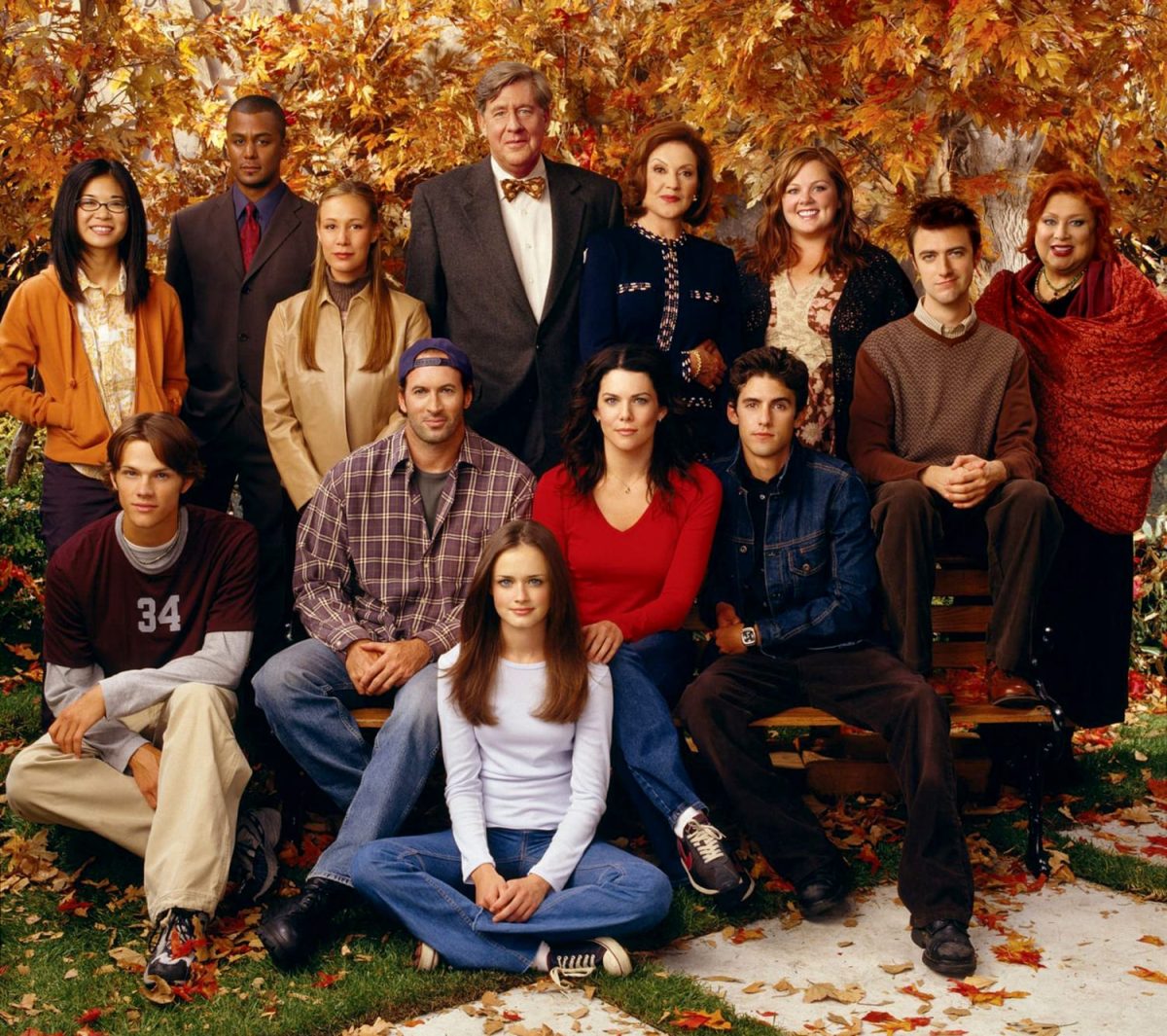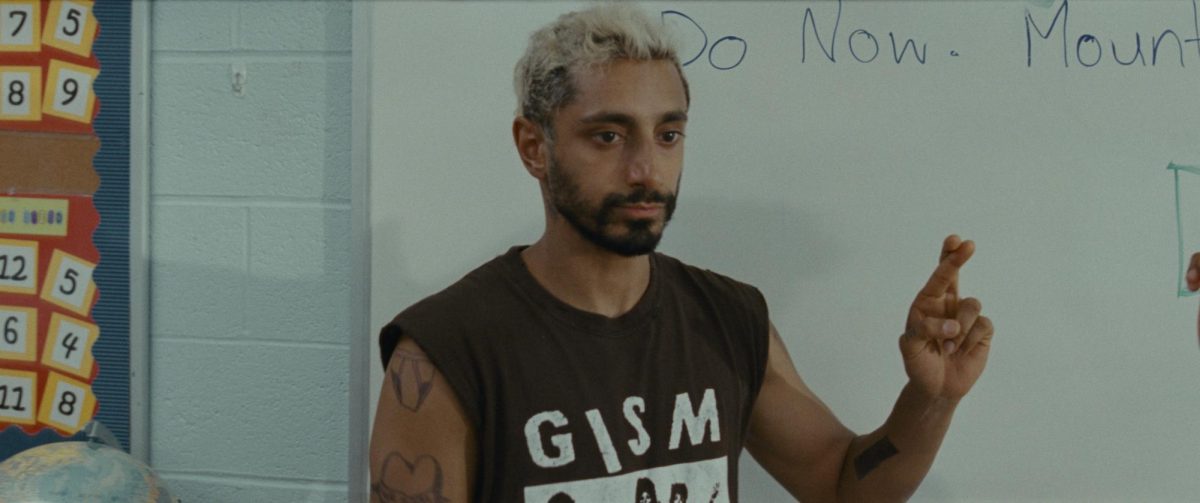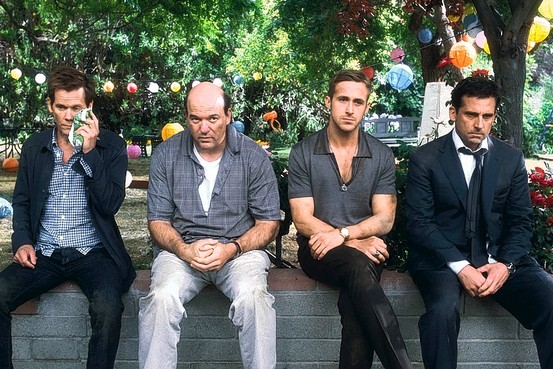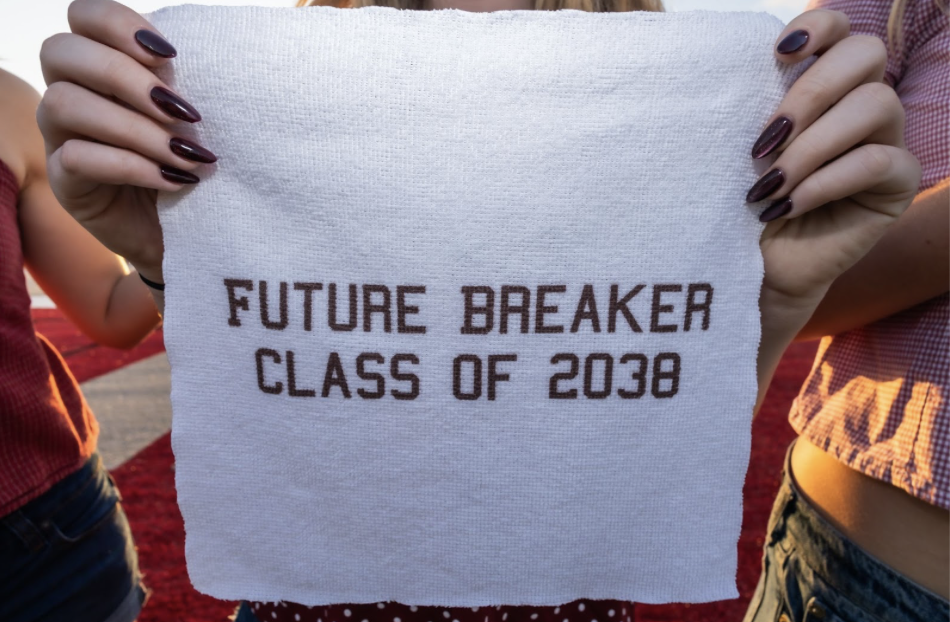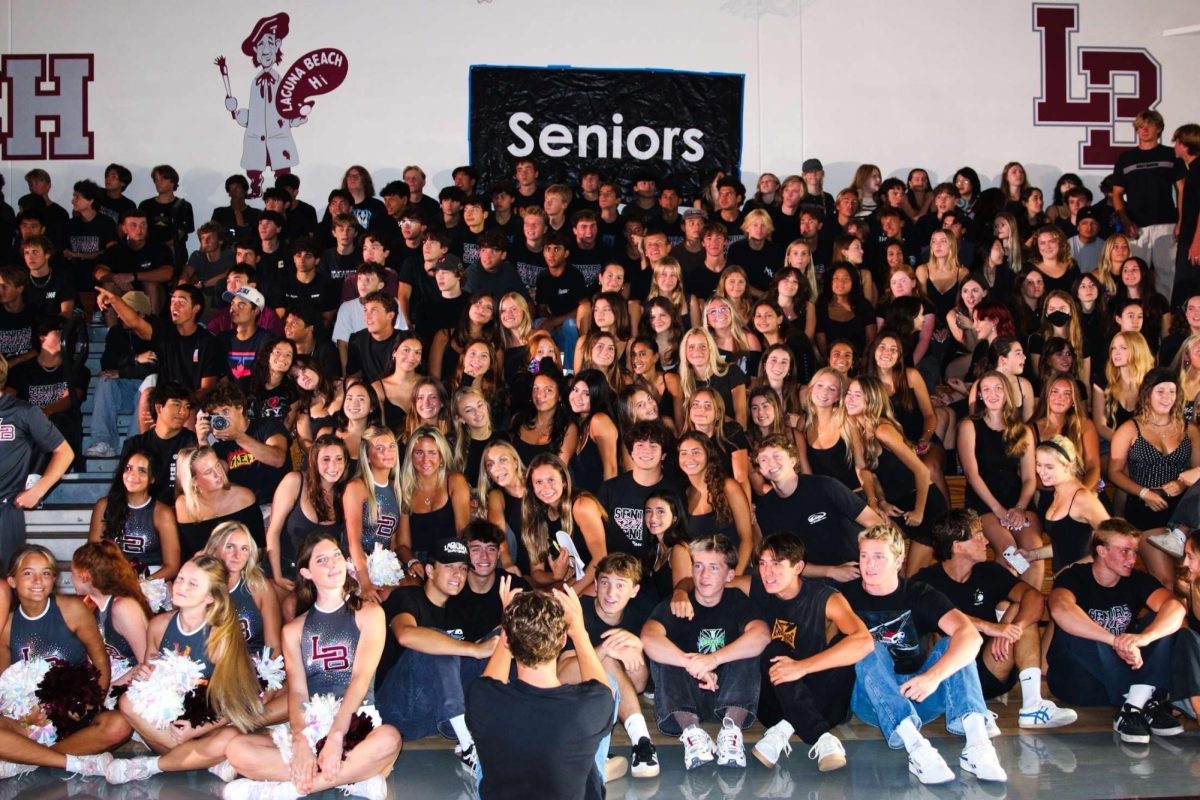In Greta Gerwig’s heartwarming, relatable, and pink approach to a live-action Barbie (2023), the audience gains a deeper message about the hardships of growing up and being a woman in a world dominated by men. The film’s cinematography is very creative and unique, appealing to all viewers ultimately through its inclusivity as well as its comedy and fun. However, while the movie’s studio – Warner Bros. – denies any political bias intention, this is proven untrue throughout the film.
Although she is perceived to be a perfect character living a perfect lifestyle every day, Stereotypical Barbie (Margot Robbie) finds herself in a mishap with imperfect thoughts, urging her to see life for what it really is. Along with her, Stereotypical Ken (Ryan Gosling) believes that without Barbie he is nothing, and therefore has to accompany her on her trip to the real world.
Barbie, the now biggest female solo-directed film earning over $900 million at the Worldwide Box Office, has a similar idea to Gerwig’s other very well-known movie, Little Women (2019 – read Tatum Brennan’s movie review here). However, while in each film the women struggle to find their place in a world run by men, Barbie finds happiness and a complete life without a man to accompany her.
While Barbie is a character for younger audiences, as many grow up playing with Barbie dolls, the film is rated PG-13. Its message involving headstrong feminism and the significance of the Kens’ love of the patriarchy fly over the heads of children. Audiences ages thirteen and up catch onto it more, and many enjoy the political message that is too clear to miss.
When Barbie and Ken leave Barbie Land and enter the human world, Barbie forces Ken to leave her alone as he continues to nag her while she tries to think about why she is having defective and unusual thoughts. He hesitantly leaves her side and walks off alone, but in doing so finds that the human world is the prime of liberation for men like him. Barbie asserting her superiority and instruction to Ken yet again, just this time in the human world, allows him to find himself as he finds something new.
Many times throughout the film, Barbie turns Ken down to instead be with other Barbies or simply because she wants to be unaccompanied by a man. The message being put across is influential for women of all ages, teaching them that a woman never needs a man and that each gender can do wonderful things separately, and it will hold an equal amount of significance. This idea has been argued in history for as long as humans can remember and has always been political.
The original point of the Barbie toy is that girls can do anything and be anything, just the same as or even better than men, but once the Kens take over after Ken’s realization of patriarchy, Barbie Land’s moral flips the opposite way. Ken’s intention is not to forget about the Barbies, but he’s tired of feeling forgotten and left out. Once Barbie Land becomes the Kens’ Land, Ken is joyful in the sense that he is worthy as his own person, not only as Barbie’s significant other or best friend.
He is then put in a negative light for selfishly taking over, however, Barbie never really saw his point of view of constantly being second or even left behind. She didn’t recognize it until he directly pointed it out to her.
Gerwig also demonstrates male supremacy: men constantly competing and always wanting the best for themselves, and feeling deserving of more than women have. Therefore, the Barbies have to find a way for the Kens to fight each other in order to win back Barbie Land.
The end of the movie creates an alliance between both genders, and while being fun, happy, comedic, and pink, political ideas are undoubtedly shown throughout the entire film while ultimately showcasing that growing up and being a woman is not easy.
The movie also offers much diversity, giving younger audiences something to look up to. Especially in this day and age, films have been incorporating diversity and equity into characters and plotlines. Rather than just Stereotypical Barbie, there are others of all ethnicities and sizes. After several years of oppression and struggles with equity which has not come to an end, Gerwig brings people of all differences together in her movie. She highlights what issues they can come with as well, and the film aims for all audiences.
It is political even if said not to be, and worth a watch for those of any bias, as they don’t have to like it or hate it. It can be eye-opening or even disagreeable in different senses.

